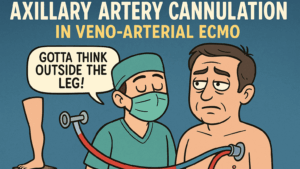Lung transplantation remains a critical treatment for end-stage lung disease, but variability in donor lung procurement and preservation techniques continues to impact organ utilization rates and patient outcomes. The 2024 American Association for Thoracic Surgery (AATS) Expert Consensus Document addresses these inconsistencies and presents standardized, evidence-based recommendations to improve donor lung management.
Background and Rationale:
Despite advances in lung transplantation, its success rates lag behind other solid organ transplants. One major contributing factor is the variability in lung procurement and preservation, influenced by factors such as donor assessment, preservation methods, and new technological developments. Cold storage and machine perfusion techniques have evolved, but their implementation remains inconsistent across institutions. This expert panel aims to provide clear, consensus-driven recommendations to optimize donor lung utilization.
Methodology:
The AATS Clinical Practice Standards Committee (CPSC) formed a panel of 16 lung transplantation surgeons from 14 centers worldwide. The panel reviewed existing literature and developed recommendations based on a structured Delphi process, requiring at least 75% consensus for acceptance. The recommendations were categorized into seven key areas:
- Intraoperative Donor Assessment
- Surgical Techniques
- Ex Situ Static Lung Preservation Methods
- Hypothermic Preservation
- Normothermic Ex Vivo Lung Perfusion (EVLP)
- Donation After Circulatory Death (DCD) and Normothermic Regional Perfusion (NRP)
- Donor Management Centers and Third-Party Procurement Teams
Key Findings and Recommendations:
The panel reached a consensus on 34 best practices for donor lung procurement and preservation. Some of the key recommendations include:
- Intraoperative Donor Assessment: Routine bronchoscopy should be performed to evaluate airway integrity. Minor amounts of aspirated contents should not automatically exclude lung donation.
- Surgical Techniques: Pulmonary vasodilators, such as prostaglandins, should be administered before cold flush to reduce vasoconstriction. Lungs should be flushed antegrade via the pulmonary artery and retrograde via the pulmonary veins.
- Cold Storage: Lung preservation at temperatures between 4°C and 10°C appears safe and may extend preservation time beyond traditional ice-cold storage.
- Ex Vivo Lung Perfusion (EVLP): EVLP is recommended for lungs with a P/F ratio below 300 mmHg, pulmonary edema, or uncertain donor lung function.
- DCD Lung Donation: DCD lungs should be used when asystole occurs within 60 minutes of withdrawal of life support. Normothermic regional perfusion (NRP) can be considered but requires further study.
- Donor Management Centers and Third-Party Teams: Centralized organ assessment centers and third-party procurement services could enhance lung utilization and transplant efficiency.
Impact and Future Directions:
The document emphasizes that consistency in donor lung management can increase the availability of viable lungs for transplantation, reduce waitlist mortality, and improve patient outcomes. The recommendations aim to standardize protocols across transplant centers, minimizing practice variation. Future research will focus on refining preservation techniques, expanding DCD lung utilization, and optimizing EVLP protocols.
By addressing longstanding variability in lung procurement and preservation, the AATS hopes to set a new standard for lung transplantation, leading to improved success rates and better long-term patient outcomes.







